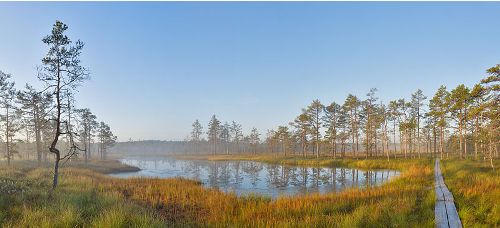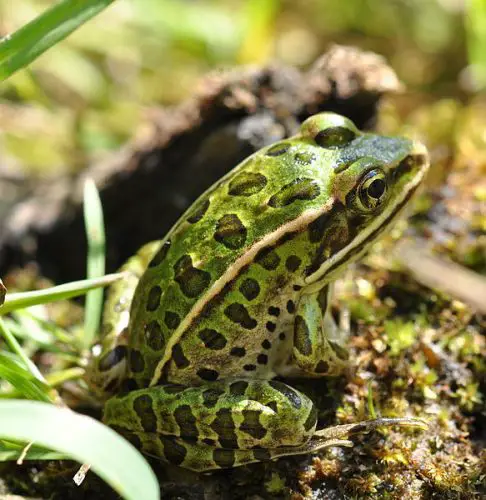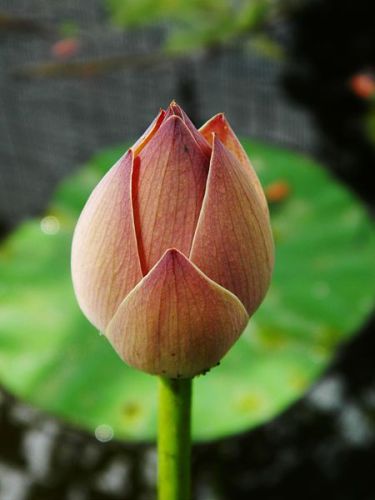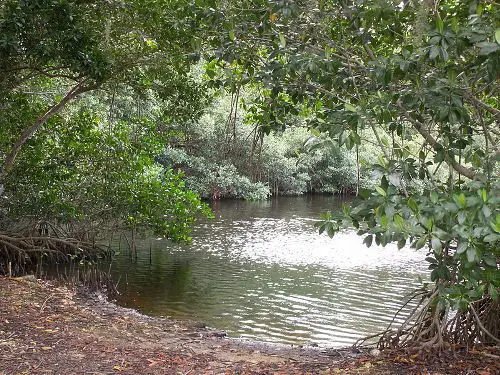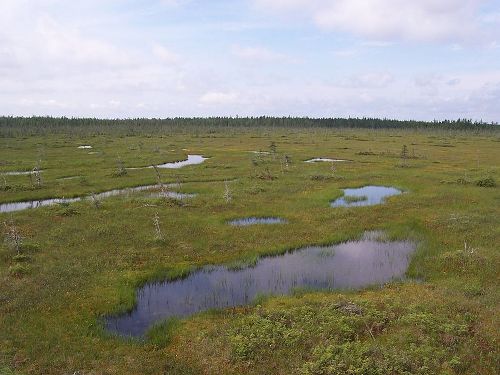10 Interesting Wetland Facts
The high level of water is found on wetland. The high amount of water on the land area can be seasonal or permanent. Wetland has a unique characteristic. It has the hydric soil, which enables the vegetation of aquatic plants to live here. You are wrong if you think that wetland is not important for our life. It may benefit the ecosystem because wetland is functioned for shoreline stability, water purification, carbon sink and flood control. Let us find out other interesting facts about wetland below:
Wetland Facts 1: the plants and animals
Wetland is a home to various kinds of plants and animals. It has amazing biodiversity.
Wetland Facts 2: the examples of wetlands
The notable wetland in the world is found in the Pantanal of South America, West Siberian Plain and Amazon River Basin. Wetland is not discovered in Antarctica.
Wetland Facts 3: the type of water
There are three major types of water. It can be saltwater, brackish or freshwater.
Wetland Facts 4: the primary wetland types
Wetland is found in a number of types, which include fens, bogs, marshes and swamps. Varzea, pocosin, carr and mangrove are the subtypes of wetland. See facts about valley here.
Wetland Facts 5: the environmental degradation
The environmental degradation occurs on the wetland system in severe level according to the UN Millennium Ecosystem Assessment. The information related to the wetland issues are informed to the people as a part of international conservation effort.
Wetland Facts 6: the constructed wetland
The treatment for storm water runoff and industrial wastewater is applied on the constructed wetlands.
Wetland Facts 7: flooding
Flooding is the important factor, which determines the type of wetland. It can be swamp, marsh or aquatic depending on the flooding duration. The fens and bogs are formed due to the accumulated peat. Other factors, which determine wetland, are the salinity, burial, competition, natural disturbance and fertility. Check facts about West Africa here.
Wetland Facts 8: the primary classes of wetland
The non-tidal and tidal areas are the two primary classes of wetland. The water chemistry of wetland will be highly affected by the presence of salinity. The interaction of surface water with ground will regulate the natural salinity of non-riverine wetlands.
Wetland Facts 9: the major nutrient
The major nutrients found on the soil of wetland include carbon, nitrogen, phosphorus and sulfur. All of them are in a cycle.
Wetland Facts 10: flora
The floating flora usually has smaller size when living on wetland. The example is Peltandra virginica or arrow arum. A single species of flora usually dominates swamps of wetland.
What do you think on facts about wetland?
